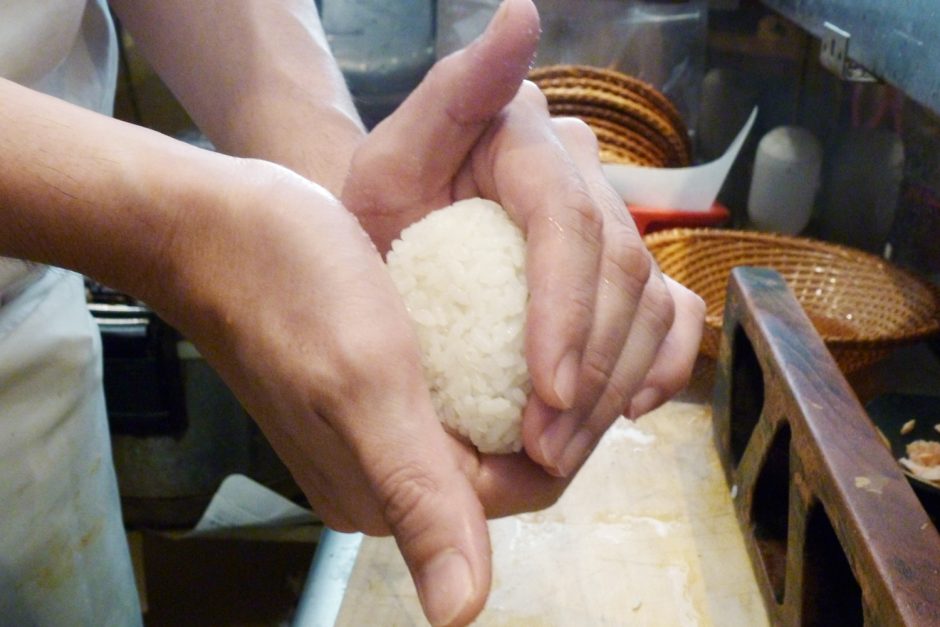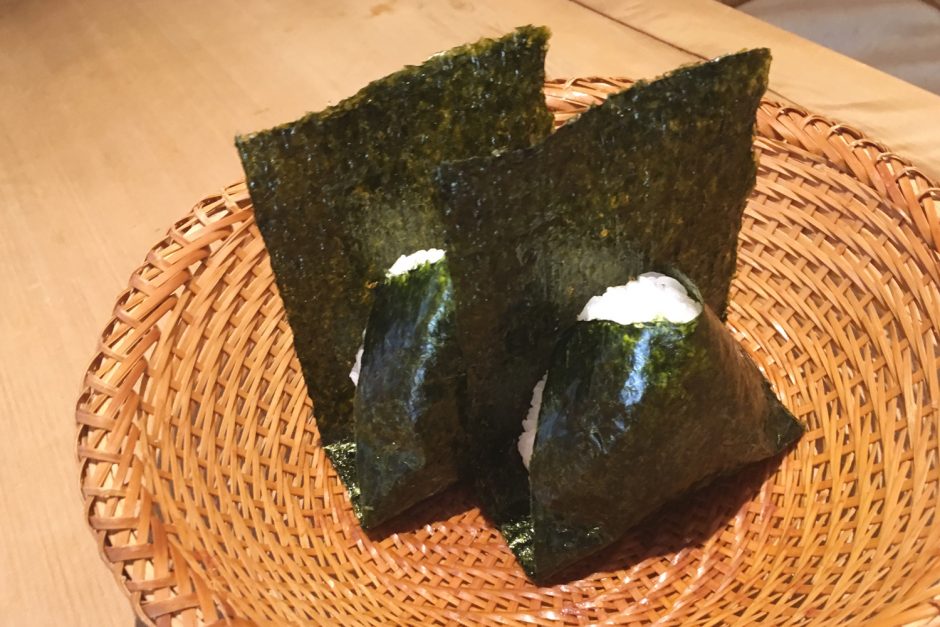Japan is an ancient country, so it’s no surprise their culinary history is vast and layered. Onigiri for instance, can be traced all the way back to the 11th century.
Oh, and for those of you who don’t know, onigiri are Japanese rice balls rolled in seaweed and usually containing a delicious filling like salmon, tuna or salted plum. They’re considered more of a snack than a meal, with convenience stores and the like stocking them, while they’re regularly used as lunchbox fillers in Japan.
But like ramen and sushi and okonomiyaki, just because something is easy to whip up, doesn’t mean it’s not a delicious treat worthy of greater care and attention.
Which is why Yadoroku Onigiri exists. The oldest onigiri restaurant in Japan’s capital Tokyo opened its doors way back in 1954 when Japan was still in the midst of its post-World War II recovery and white rice was a rarity.
The restaurant, recently featured on Delicious Travel as one of their top picks for good quality budget meals in Japan, is owned and operated by Mr. Yosuke Miura, and has been in his family for generations.
Mr. Miura’s grandmother opened the original shop in Asakusa, because she needed money to support her and her unemployed husband. But she got her revenge. “Yadoroku” means “good for nothing husband”, so the memory of her freeloading spouse lives on in infamy to this day.
Onigiri were chosen as they don’t require special skills or training to produce, and were incredibly popular with Japanese of all ages.
It’s no surprise then that Mr. Miura grew up eating his grandmother’s onigiri, and even less surprising he then decided to take control of the shop. “I run the lunch shift, while my mother cooks during the nights,” Mr. Miura says.
Onigiri wasn’t always Mr. Miura’s passion and driving force. He once dreamed of being a musician and is still a very talented flute player, with scuba diving being one of his other great passions. But now, his artisan onigiri feed hundreds of locals every day.
“We have 18 different fillings for our onigiri, including salmon, kelp, sour plums and pickles.” But it’s not just the filling that makes the onigiri. Like all great dishes, it’s about the balance of flavours that sets them apart.
“Our onigiri are all about the balance and harmony of rice, nori and then the filling. For instance mentaiko [spicy cod roe] is a popular filling for onigiri around Japan, but we feel it doesn’t go well with seaweed.”
While salmon is still far and away the most popular filling with diners, Mr. Miura’s personal recommendation is ami (small shrimp boiled in soy sauce), but the whole menu “meets [his] standards of balance and harmony between the ingredients.”
Mr. Miura has big dreams for onigiri and thinks it can be the next sushi or poke—a local dish that explodes across the world. His dream of spreading the love of onigiri has taken the well-traveled Mr. Miura to a variety of exotic locations, including Qatar and even Down Under. But he understands that being chained to traditional flavours and ingredients isn’t the way forward.
“When I made onigiri in Qatar, I mixed matcha with sugar and rice, and made green onigiri. I then added some mascarpone cheese and honey, because the Qataris love sweets. You have to match the flavours with the people you’re making it for. If I ever come to Australia again, maybe I can simmer some kangaroo in tomoato sauce and make that into onigiri!”
His wish is that onigiri will spread globally, adapting to local tastes with local ingredients. People will enjoy their localised versions, then eventually start looking for authentic onigiri before walking through the door of Yadoroku Onigiri.


















You must be logged in to post a comment.